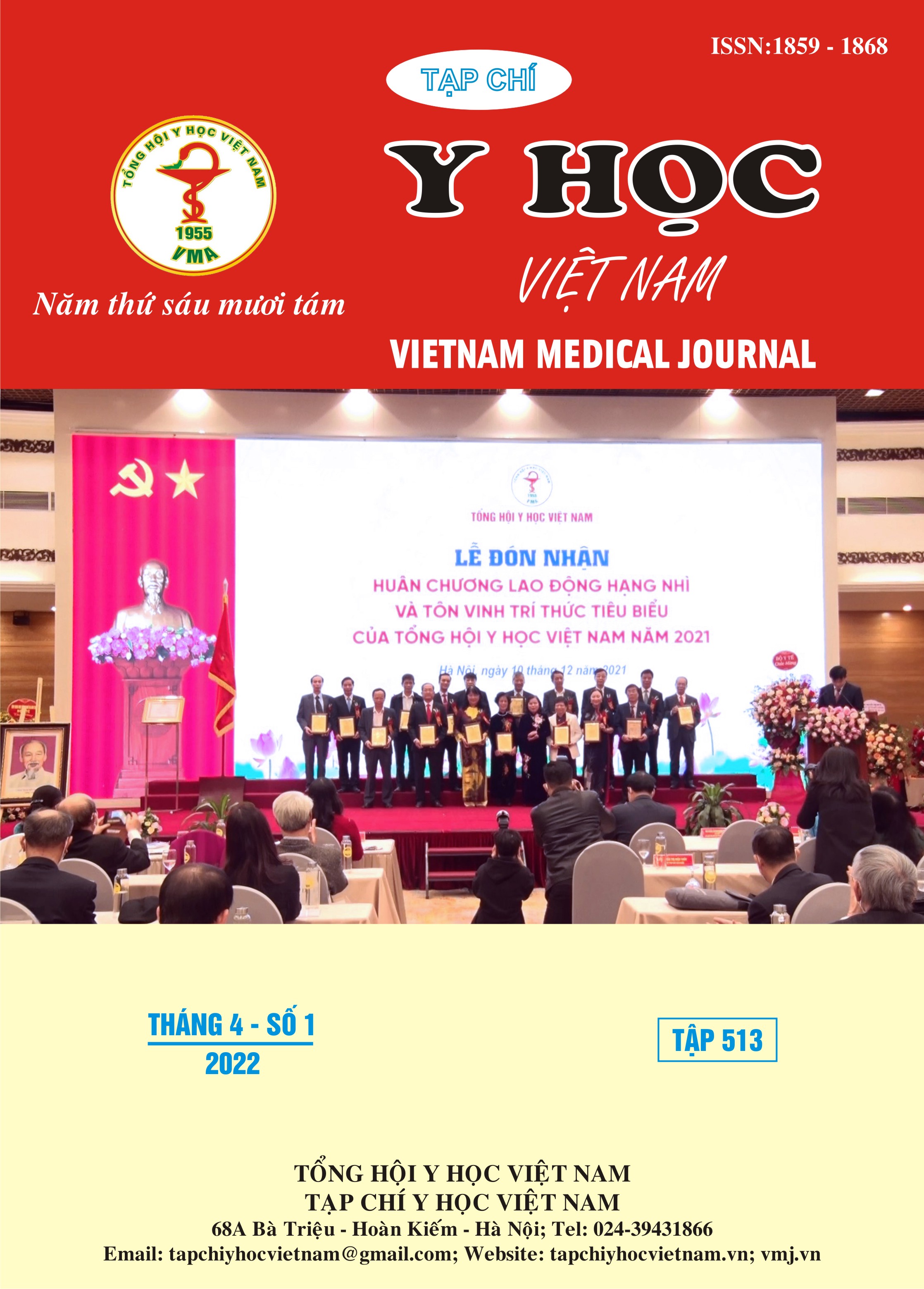PHÂN TÍCH THỰC TRẠNG BÁO CÁO PHẢN ỨNG CÓ HẠI CỦA THUỐC TẠI BỆNH VIỆN SẢN NHI NGHỆ AN GIAI ĐOẠN 2020-2021
Nội dung chính của bài viết
Tóm tắt
Mục tiêu: Mô tả thực trạng báo cáo phản ứng có hại của thuốc (ADR) tại Bệnh viện Sản Nhi Nghệ An giai đoạn 2020 – 2021; Khảo sát nhận thức của nhân viên y tế trong hoạt động báo cáo ADR tại Bệnh viện. Phương pháp: Mô tả cắt ngang trên toàn bộ báo cáo ADR từ 01/01/2020 đến 30/09/2021 và 462 bác sĩ, điều dưỡng viên các khoa lâm sàng và dược sĩ khoa Dược tại bệnh viện Sản Nhi Nghệ An. Kết quả: Tổng 114 báo cáo được ghi nhận trong nghiên cứu với xu hướng tăng dần qua các năm. Bác sĩ là đối tượng tham gia báo cáo chính (50,9%), Dược sĩ chỉ chiếm 32,5%. Thuốc bị nghi ngờ gây ADR nhiều nhất là Ceftriaxone (22,8%). 75,2% NVYT đã từng gặp ADR tuy nhiên tỷ lệ NVYT đã từng làm báo cáo ADR chỉ đạt 38,7%. Nâng cao nhận thức của NVYT thông qua đào tạo và tập huấn (89%) và sự cần thiết trong phối hợp với dược sĩ lâm sàng để hỗ trợ báo cáo ADR (81,7%) là 2 giải pháp được coi trọng nhất. Kết luận: Kết quả nghiên cứu cho thấy số lượng báo cáo có xu hướng tăng dần nhưng còn rất khiêm tốn, một số rào cản cũng như giải pháp đã được nêu ra từ đó bệnh viện sẽ có những thay đổi cần thiết để nâng cao hoạt động báo cáo ADR tại bệnh viện.
Chi tiết bài viết
Từ khóa
ADR, Nghệ An
Tài liệu tham khảo
2. Vũ Duy Minh (2015), “ Phân tích hoạt động báo cáo phản ứng có hại của thuốc tại Bệnh viện Phụ sản Trung Ương giai đoạn 2010 – 2014”, Khóa luận tốt nghiệp dược sĩ, Trường Đại học Dược Hà Nội.
3. Trịnh Thị Hồng Nhung (2014), “Đánh giá chất lượng báo cáo ADR trong cơ sở dữ liệu báo cáo tự nguyện của Việt Nam giai đoạn 2011 – 2013”, Khóa luận tốt nghiệp Dược sĩ Đại học, Trường Đại học Dược Hà Nội.
4. Trung tâm DI&ADR Quốc gia (2014), “Tổng kết công tác báo cáo ADR năm 2014”.
5. Đỗ Ngọc Trâm (2013), “Khảo sát tình hình báo cáo phản ứng có hại của thuốc (ADR) tại bệnh viện Bạch Mai giai đoạn 2011 – 2012”, Khóa luận tốt nghiệp dược sĩ, Trường Đại học Dược Hà Nội.
6. Ong Thế Vũ (2014), “Phân tích hoạt động báo cáo phản ứng có hại của thuốc tại Bệnh viện Đa khoa tỉnh Quảng Ninh giai đoạn 2010 – 2013”, Khóa luận tốt nghiệp dược sĩ, Trường Đại học Dược Hà Nội.
7. Kathleen Holloway Terry Green (2003), Drug and Therapeutics Committees: A practical guide, World Health Organization, pp.2-62.
8. Ramesh M., Parthasarathi G. (2009), “Adverse drug reactions reporting: attitudes and perceptions of medical practitioners”, Asian Journal of Pharmaceutical and Clinical Research, 2(2), pp. 10-14.
9. Santosh KC. et al (2013), "Attitudes among healthcare professionals to the reporting of adverse drug reactions in Nepal", BMC Pharmacol Toxicol, 14(1), pp. 16.


